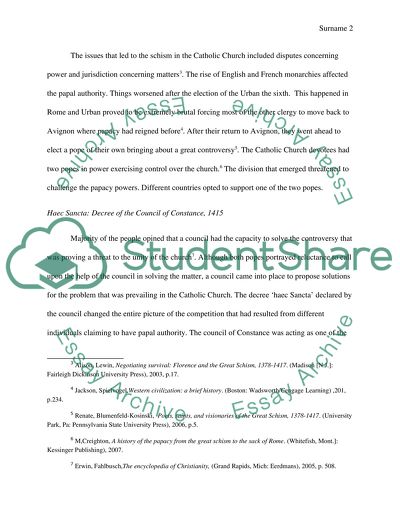Cite this document
(“Church Reformation in the 16th and 17th century Essay”, n.d.)
Church Reformation in the 16th and 17th century Essay. Retrieved from https://studentshare.org/religion-and-theology/1460467-church-reformation-in-the
Church Reformation in the 16th and 17th century Essay. Retrieved from https://studentshare.org/religion-and-theology/1460467-church-reformation-in-the
(Church Reformation in the 16th and 17th Century Essay)
Church Reformation in the 16th and 17th Century Essay. https://studentshare.org/religion-and-theology/1460467-church-reformation-in-the.
Church Reformation in the 16th and 17th Century Essay. https://studentshare.org/religion-and-theology/1460467-church-reformation-in-the.
“Church Reformation in the 16th and 17th Century Essay”, n.d. https://studentshare.org/religion-and-theology/1460467-church-reformation-in-the.


